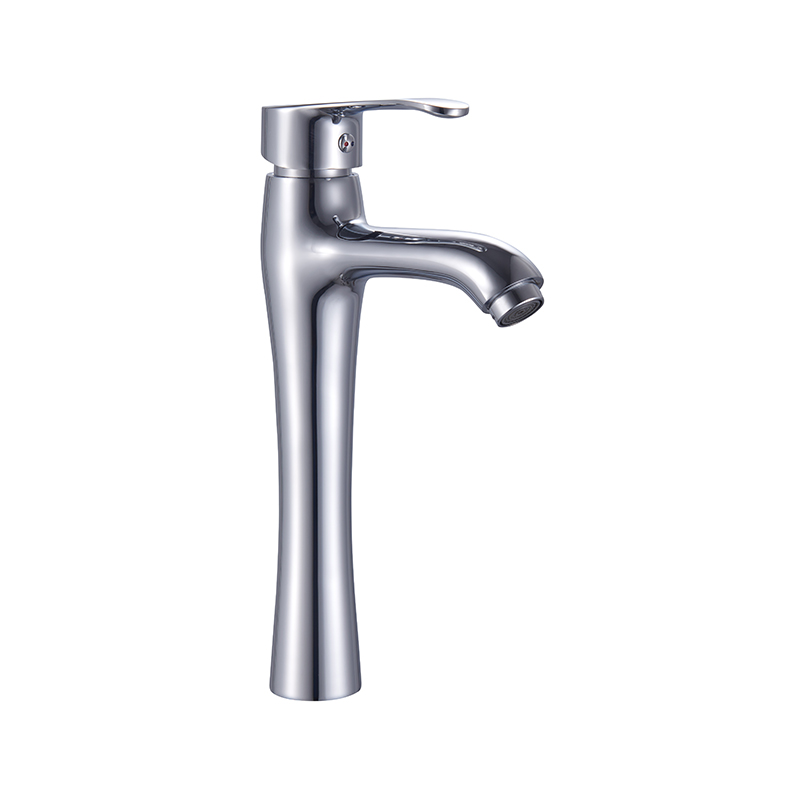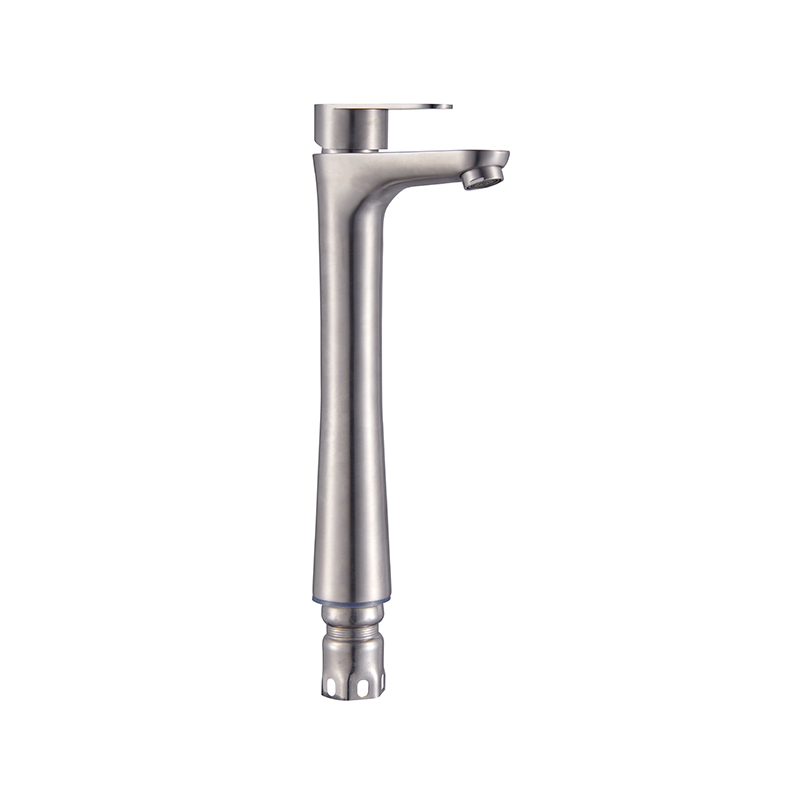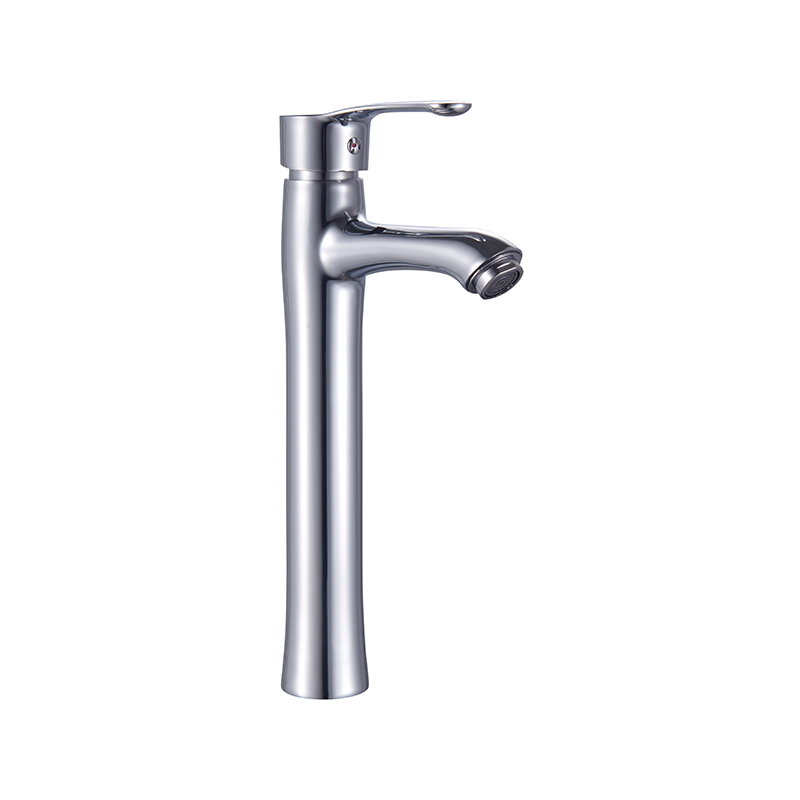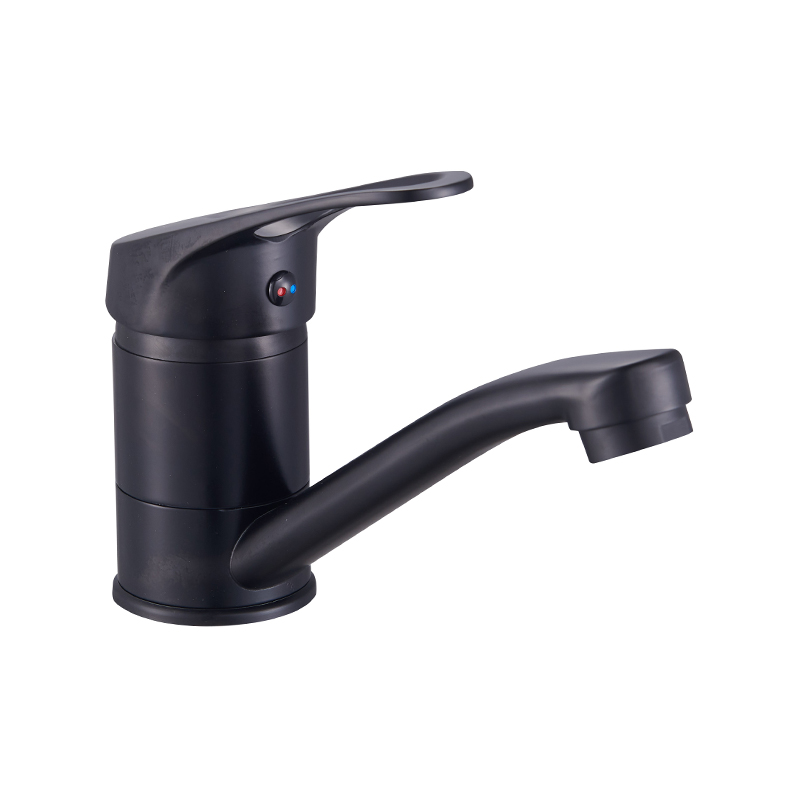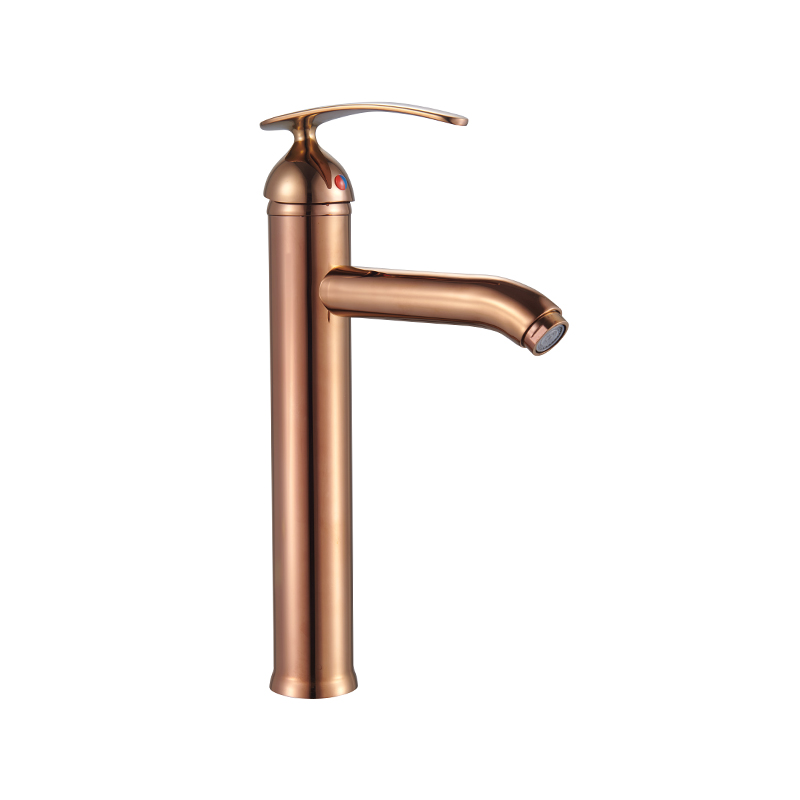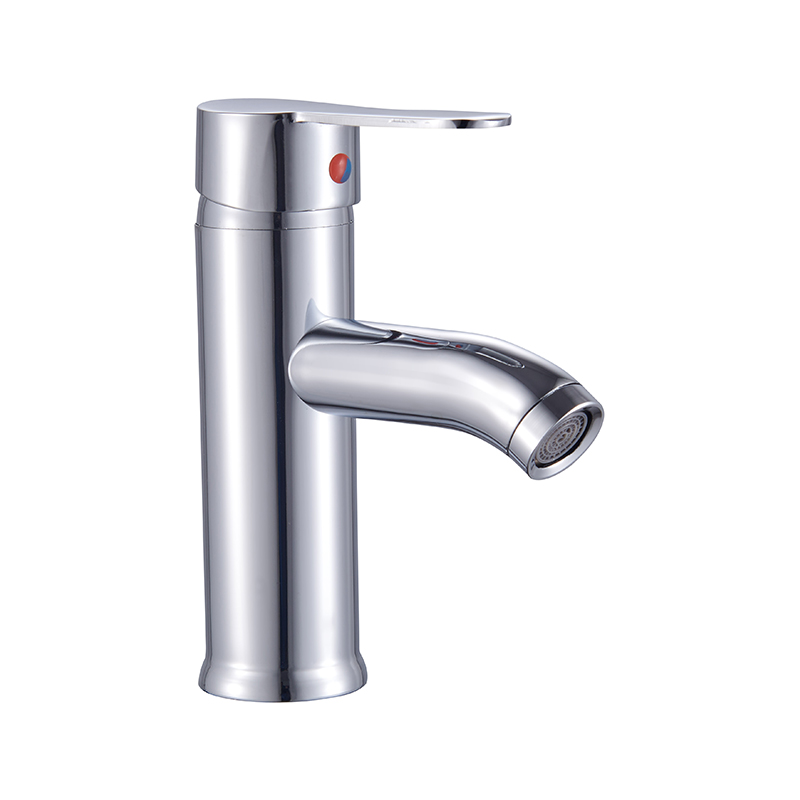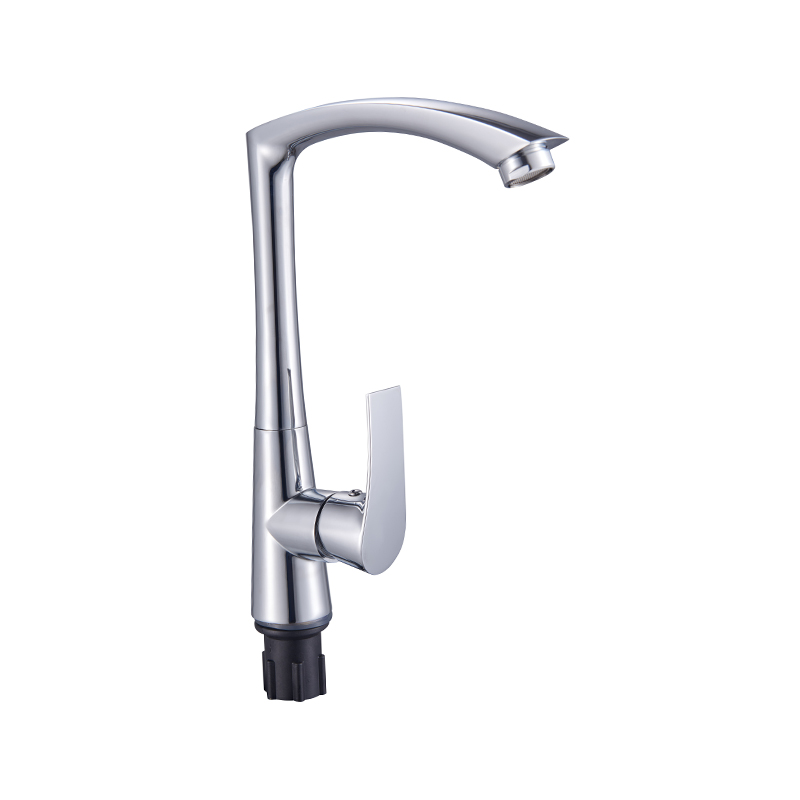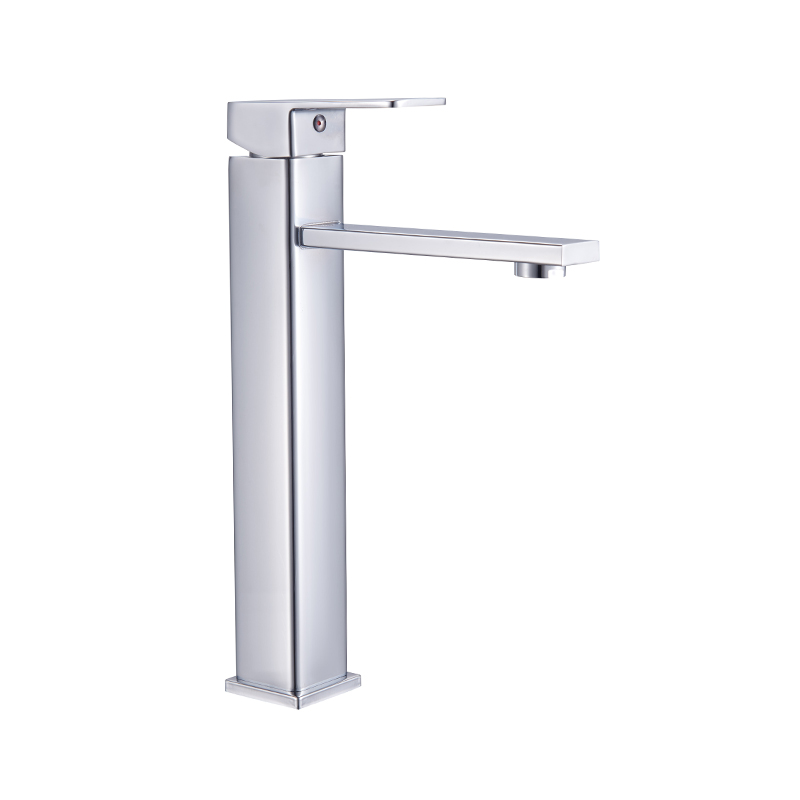Efficient water usage and consistent temperature control are two essential aspects of modern bathroom systems. As water conservation becomes increasingly important in construction and renovation projects, the role of plumbing fixtures in achieving these goals is receiving more attention. In particular, the design and technology behind the bathroom concealed mixer and Bath Mixer have a direct impact on daily water usage and the overall user experience.
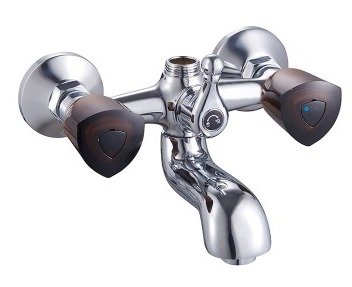
The bathroom concealed mixer is engineered to blend hot and cold water behind the wall, allowing the user to control both flow and temperature from a sleek exterior control panel. This design not only contributes to a lessist aesthetic but also improves response time in reaching the desired temperature. Because the mixing happens inside a protected environment, temperature fluctuations are minimized, ensuring a more comfortable and safer shower or bath.
Water efficiency is another area where the bathroom concealed mixer makes a difference. Many modern models incorporate flow regulators that maintain a consistent output, even under fluctuating water pressure. By reducing unnecessary water usage, this design helps users conserve water without noticing a drop in performance. Additionally, some concealed mixers are compatible with thermostatic cartridges, which maintain a stable temperature regardless of changes in pressure from other fixtures in the house.
The Bath Mixer, widely used in bathtubs and shower systems, also plays a crucial role in temperature regulation and water efficiency. Whether manual or therlots ofatic, the Bath Mixer allows precise control over water temperature, helping to avoid sudden hot or cold surges that can cause discomfort or safety risks.
In addition to user safety, energy conservation is another benefit. By quickly reaching the desired temperature, the Bath Mixer reduces the amount of water wasted while adjusting temperature levels. This efficient design not only saves water but also reduces the energy required to heat it, contributing to overall household energy efficiency. A well-designed Bath Mixer can have a noticeable impact on utility bills over time.
Moreover, the construction materials and internal mechanisms of the bathroom concealed mixer are designed to ensure durability and long-term accuracy. Ceramic cartridges, for example, help maintain tight control over flow and temperature settings, preventing leaks and ensuring consistent operation. These components are critical in ensuring that users can adjust settings easily and reliably, even after years of use.
From a design perspective, integrating a Bath Mixer with a built-in diverter can simplify control over multiple outlets such as a bathtub spout and a handheld shower. This not only improves convenience but also reduces the need for additional valves or fixtures, which can complicate installation and maintenance. When paired with a bathroom concealed mixer, this setup creates a seamless, user-friendly system that supports both water-saving and design goals.
Installation also plays a significant role in the performance of these mixers. Ensuring proper alignment and secure connections during the initial setup is crucial for maintaining water efficiency and temperature control over time. Hiring qualified professionals to install both the bathroom concealed mixer and the Bath Mixer ensures good performance and less potential issues related to leaks or pressure imbalances.
The design and engineering behind the bathroom concealed mixer and Bath Mixer directly influence how efficiently water is used and how consistently temperatures are maintained in a bathroom setting. By selecting mixers that incorporate thoughtful design and durable materials, homeowners can achieve a balance between modern aesthetics, energy savings, and a safer, more enjoyable bathing experience.
 Language
Language
 English
English русский
русский Español
Español عربى
عربى Phone
Phone
 Email
Email



